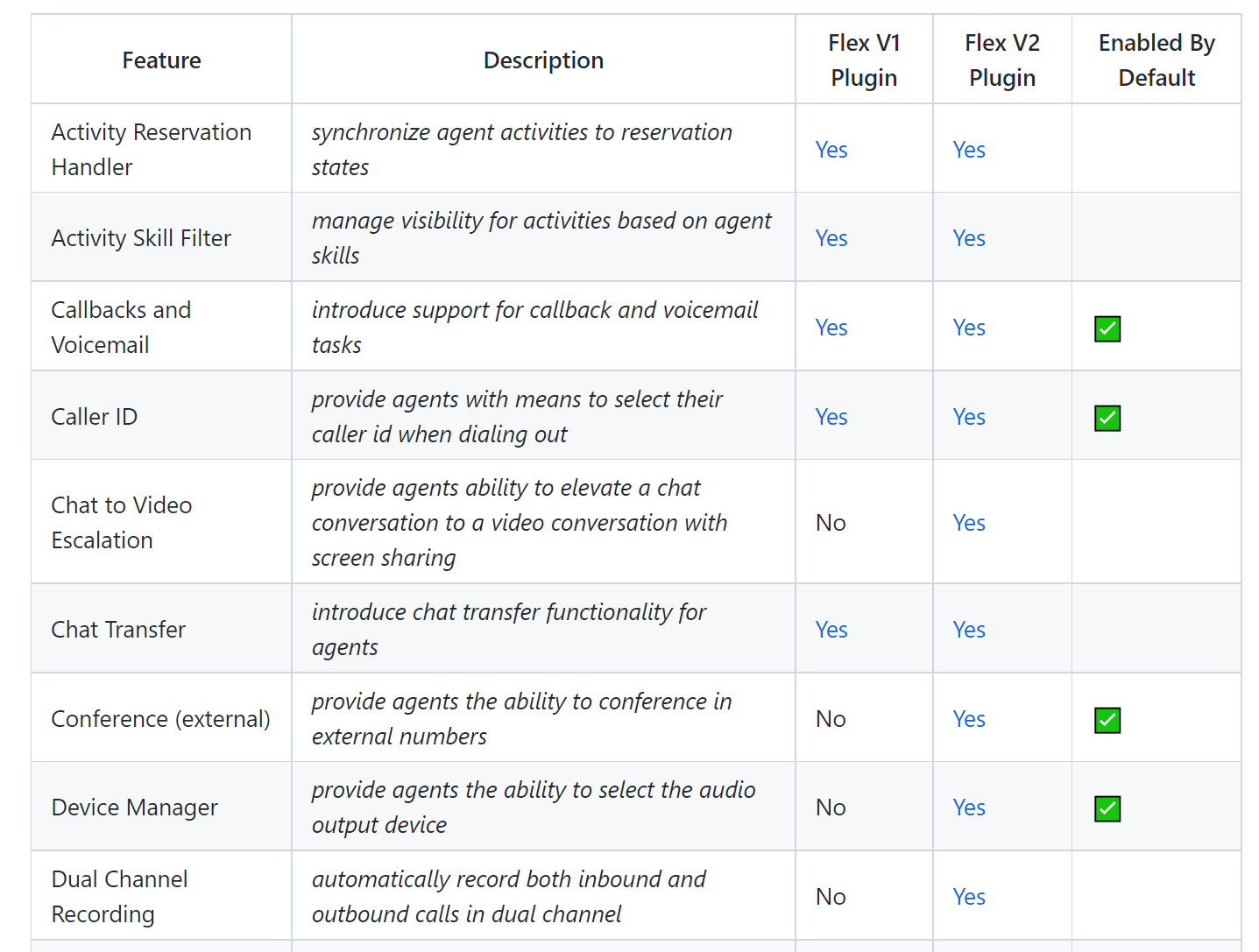Twilio Flex 2.0 Opens Up Possibilities For All Workers
Twilio released Flex, a programmable Contact Center technology back in March 2018. While the product has seen many small updates throughout its first 4 years, Twilio released the beta of Flex 2.0 in May of 2022. Today, they announced that Flex 2.0 is now in general availability. This update marks the first major release of Flex UI and contains a lot of long awaited updates. A full breakdown of the release notes can be found here, but I’ve found that the current documentation on the topic speaks best to developers. My hope is that through this blog, you’ll be able to understand better the tangible benefits that come to the customers and builds of Twilio Flex.
Technical Overview
Flex 2.0 made a lot of long-awaited UI enhancements. While UI 2.0 supports Legacy Messaging, you will need to use Flex Conversations and the new Interactions API. Additionally, Twilio now uses Twilio Paste libraries instead of Material UI, an open-source React component library. Twilio Paste and the Flex UI now aligns with WCAG 2.1 level AA standards to support our customers in building accessible user experiences. Developers celebrated these changes, but as a Twilio Flex customer, it can be hard to interpret what impact they actually have.
Why are these changes important to you?
Accessibility
Flex UI is now compliant with WCAG 2.1 level AA standards. This opens up Flex to a whole new workforce of agents that it wasn’t previously accessible to. For example, one new feature is basic screen reader support for Agent Experience. A screen reader is a tool to help the blind or visually impaired by reading information on the screen. For example, if an Agent were to hover over the “submit” button, a voice could be played that says “submit.”
Reachability
Flex 2.0 now uses the Voice SDK which sets Opus as the preferred codec. Opus generally requires less bandwidth and provides better audio quality in restrained network conditions. This means across the board, your agents will have higher quality audio calls. Furthermore, it opens the door for a remote call center force. Since less bandwidth is required for quality calls, a home internet setup or taking calls on-the-go will be much more reliable for your agents.
Faster Changes & More Possibilities
With the release of Twilio Paste, Twilio created their own component and plug-in libraries, rather than rely on an open source one. This gives more control to Twilio to provide developers tools that are relevant to Flex. This control will be valuable, not just for the developer tools already created, but anything down the line they’ll want to create. While the present day tools don’t necessarily give developers access to new capabilities, they will help developers build customizable interfaces within Twilio Flex faster.
Let’s try this analogy if you’re still confused. Pretend you’re the recent customer of a new piece of furniture you’ve purchased by mail. Since the furniture was shipped by mail, it requires some assembly. While it would be possible to build the furniture using a screwdriver, it would be significantly easier with power tools.
Just as power tools are designed to speed up the furniture building process, templated plug-ins and components are shortcuts for developers to build interfaces faster for end-users. The picture below details some features which are accessible much faster now that there is a plug-in for them. The full list can be found here.

More Modernized Look and Control
One of the other things Flex 2.0 and Twilio Paste is aiming to do is modernize the look of Flex. Twilio Paste has a customizable component for a box layout to control the look and feel of your contact center. These components also have a very modern and updated look to them.
Going Forward
Twilio is now on their third version of Twilio Flex 2.0, with many more to come. The main takeaway for customers is that Twilio is trying to expand and include as many people in their technology upgrades. Customer feedback will be valuable to continue shaping what Twilio will develop.
If you’re interested in the possibilities of Twilio Flex and how your contact center could be transformed by the power of programmability, read more about it here.
